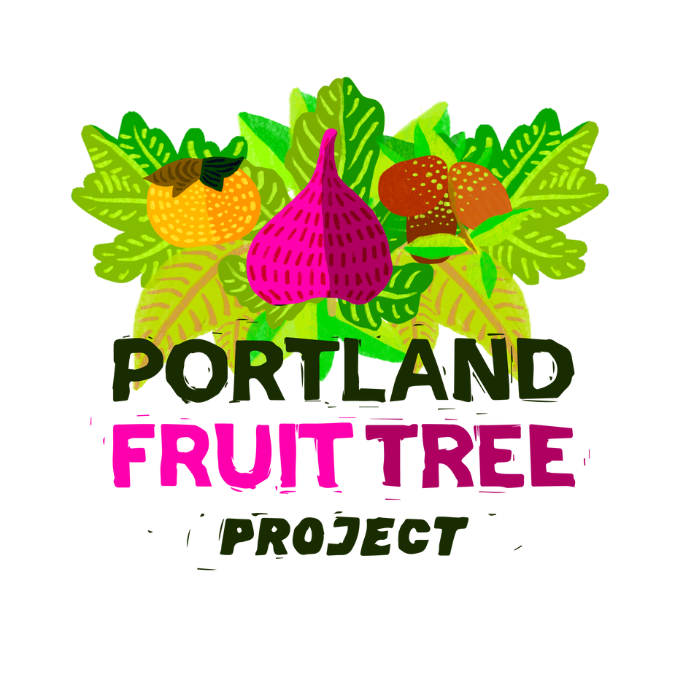Blackberries - Can't Beat 'em, Let's Eat 'em
Post sponsored by Welcome to PDX Real Estate Agent, Deb
〰️
Post sponsored by Welcome to PDX Real Estate Agent, Deb 〰️
Blackberries - What are they?
Today we’re going to talk about wild (invasive) Himalayan blackberries, but you are also likely to run into cultivated varieties as you forage the city or steward your home orchard. Himalayan blackberries were introduced to the United States in 1885, but are native to Iran and Armenia. Despite being delicious, they are considered very invasive in our region and can negatively impact native berries like salmonberries and thimble berries. When out harvesting, consider doing some removal when you’re out there! You probably won’t kill the blackberry patch, but you can slow down how fast it spreads!
While we don’t do a lot of wild foraging, we LOVE blackberries, while also hating them a little. Join us in celebrating this love/hate relationship at our second annual Can’t Beat ‘em, Eat ‘em Harvest and Removal party at Blue Lake Park on Aug. 16th and 17th. We’ll be out at beautiful Blue Lake Park, who has generously offered free parking for volunteers.
Blackberries at Blue Lake last year.
When & how to Harvest
Blackberry brambles will start showing ripe fruit as early as June, and can be harvested from every couple of days all the way until August - sometimes as far out as September! As not all blackberries will be ready for picking at the same time, look for blackberries that have gone from red to deep black. Ripe berries will also be plump, firm but not hard, and come off the bush easily. Berries that are picked while still red and hard will not ripen off the bush, so be patient and wait a few days if needed.
Blackberries are harvested along with their central “plug” or receptacle in the center, unlike raspberries, which are hollow in the middle once picked. When picking blackberries, it’s best to use one hand to hold the branch in place and another hand to gently pull and twist the berry off the branch. You can also cut of canes then pick the fruit off and dispose of the canes.
what do they taste like?
The taste of blackberries is both sweet and tart, as well as earthy and very juicy. Blackberries can be used anywhere you would use a blueberry or raspberry. Blackberries are great with cornmeal in pancakes or muffins. Additionally, their tartness makes them great in savory applications, such as baked brie, BBQ sauce, and salad dressings. For a refreshing summer treat that’s a little different, make a blackberry sorbet using basil (or mint)! Blackberries are high in pectin and are one of the best fruits to make jam out of. For a quicker, smaller batch version of jam, try blackberry chia seed refrigerator jam.
How to Store
Like most berries, blackberries have a short shelf life once picked and should be eaten within a few days. They can be refrigerated unwashed in a breathable container until they are ready to use. For longer storage, they can be frozen like any other berry, or dehydrated and used for oatmeal, granola, or anywhere you would use a raisin. Blackberries hold up decently to canning and can be preserved in water, juice and/or brandy.Are you new to canning, but want to learn? Join an upcoming canning workshop!
Do you have extra and need help?
Talk to your neighbors! It’s a great way to meet them and you can share your abundance hyper locally!
Donate it through Portland Fruit Tree Project’s Fruit Fridge! Harvest and drop off at your convenience and we’ll get it all used up!
Can’t harvest it? Register for us to come harvest for you!
Looking to add berries or other plants to your landscape?
Heads up from our friends and sponsors, Portland Nursery! Great sale coming up from Aug. 29-9/18!
All Trees 25% off – includes Fruit trees, Japanese Maples, Native trees, and anything stocked in the Tree section. Does not include conifers
Small Fruits 25% off – includes anything stocked in the Small Fruit section – doesn’t include native fruits
Take the next step with Portland Fruit Tree Project!
This content was generously supported by:
Are you interested in sponsoring Portland Fruit Tree Project content? Send us an email!


